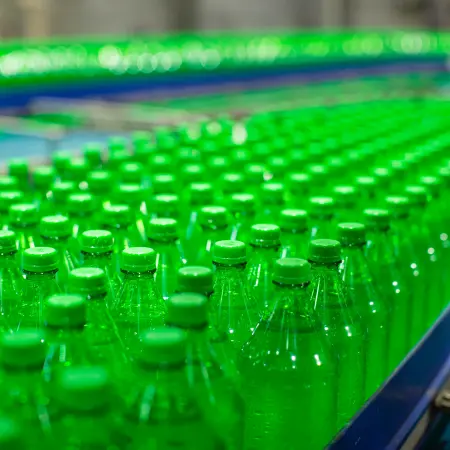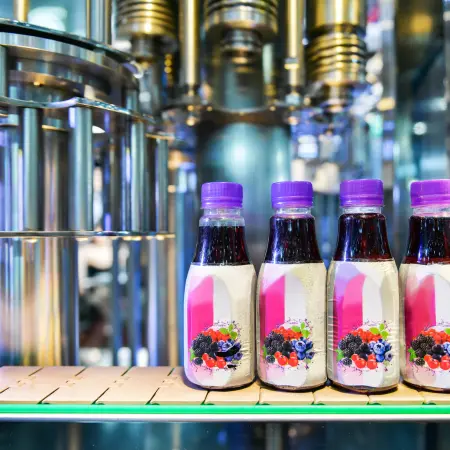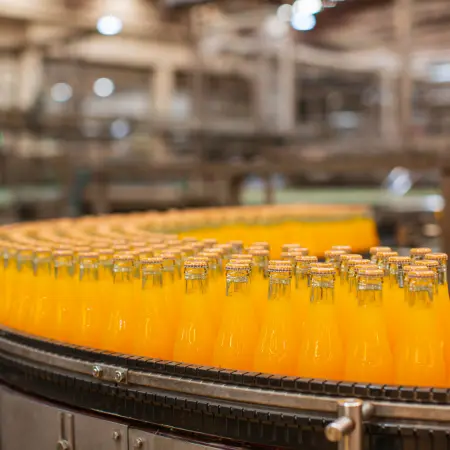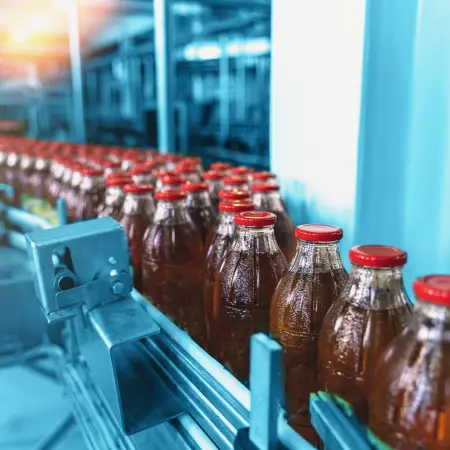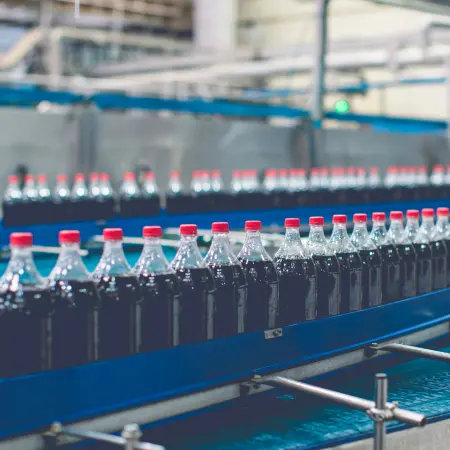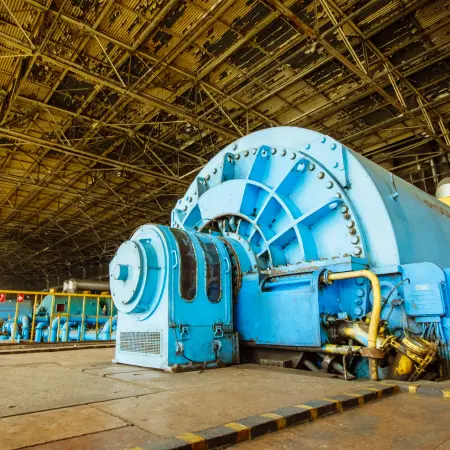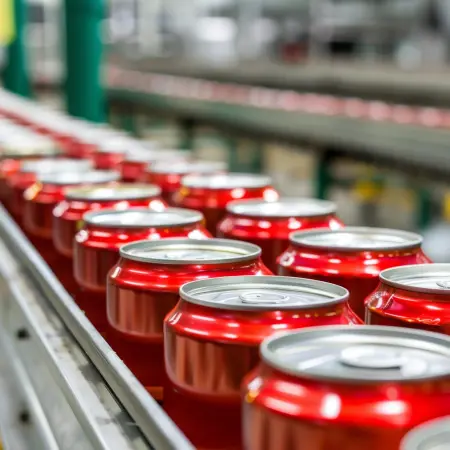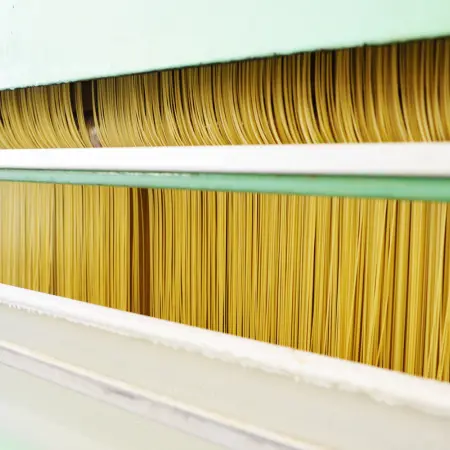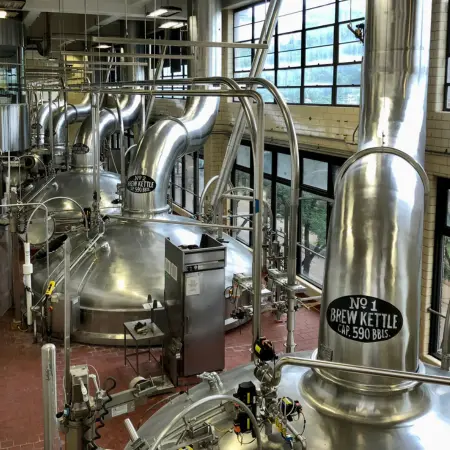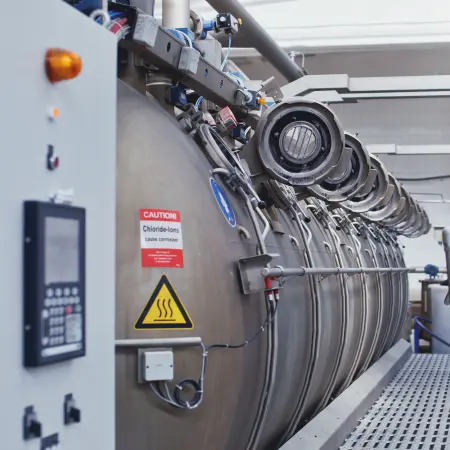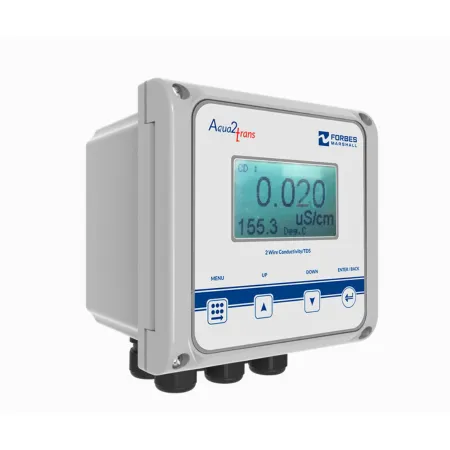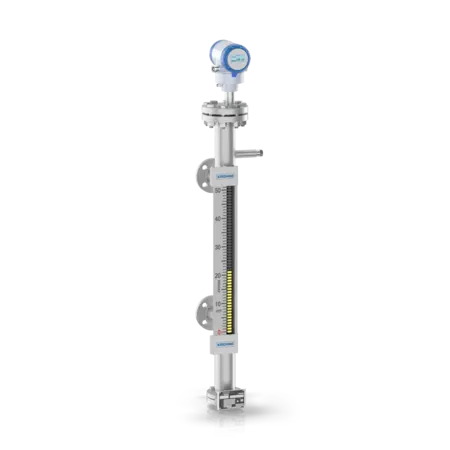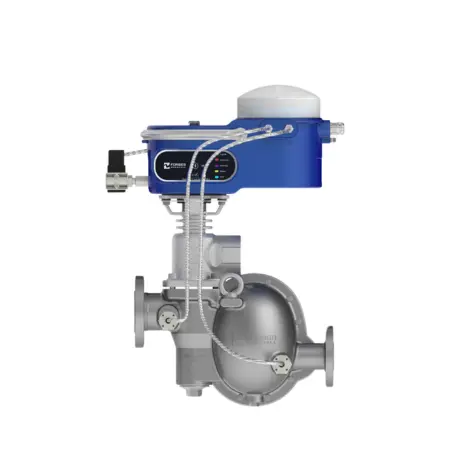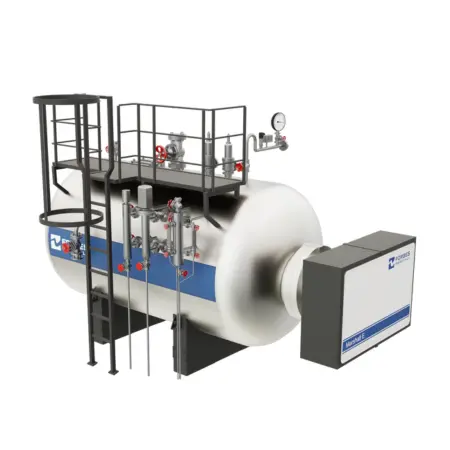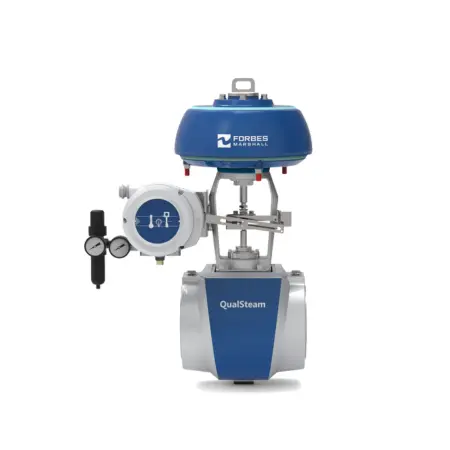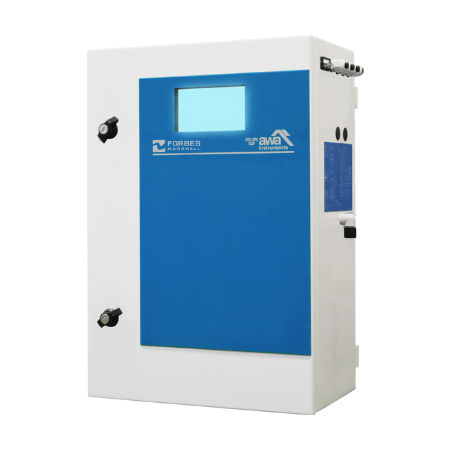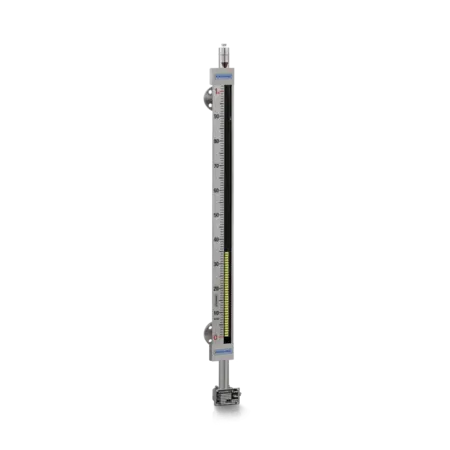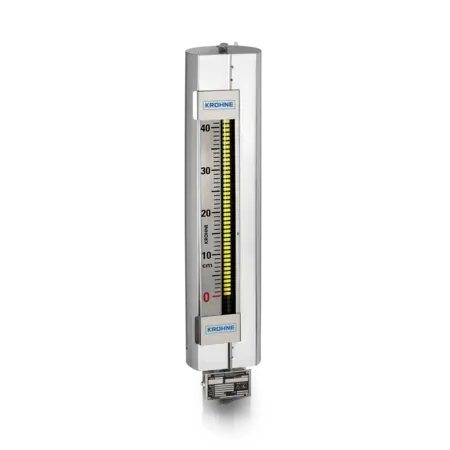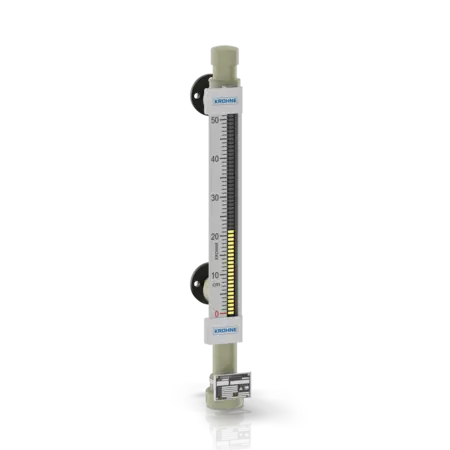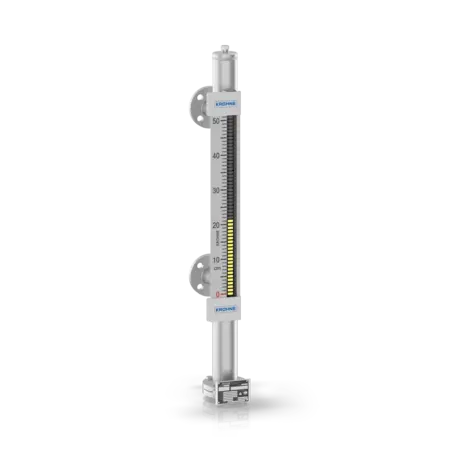Reducing energy consumption at a leading manufacturer of organic and inorganic and effect pigments in South Asia
The plant aimed to lower its steam fuel bill while addressing the gap between steam generation and consumption. Additionally, the objective was to reduce overall steam consumption and shut down one boiler that was maintained on hot standby for peak loads.
Forbes Marshall engineers conducted a thermal audit of the plant, which also focused on the Zero Liquid Discharge (ZLD) and Solvent Recovery Section (SRS), which together accounted for nearly 70% of the plant’s steam usage. We optimized the temperature gradient, addressed excess steam consumption in the SRS columns, and enhanced the design of the condensate and flash recovery system. These improvements led to significant reductions in both fuel and water consumption across the steam system.

What to read next
Products
Associated Services

Process Optimization

Improving Uptime




